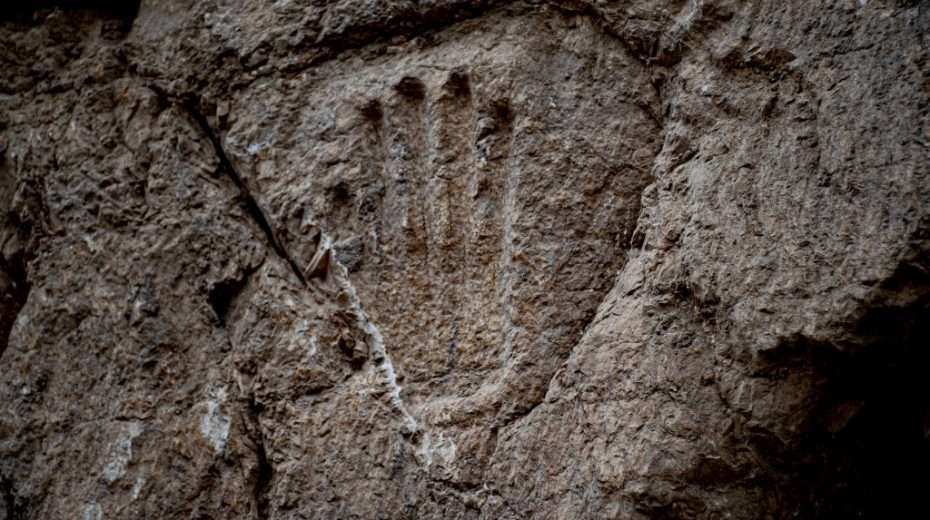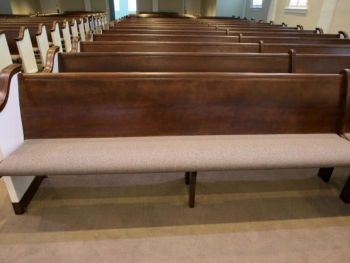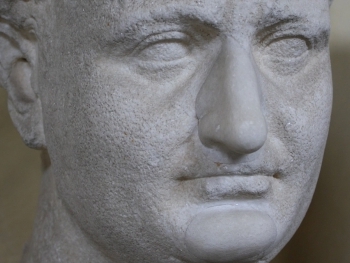For centuries, scholars and believers have sought to uncover the mysteries of the life and teachings of Jesus Christ. From the ancient manuscripts of the New Testament to the religious traditions and art of Christianity, countless resources have been used to try and piece together the story of Jesus. But in recent years, archaeologists have been using new methods and technologies to explore the physical world of Jesus and the people who lived alongside him.
One of the most significant discoveries related to the life of Jesus has been the town of Nazareth, where he is believed to have grown up. While Nazareth was a small and relatively insignificant village in Jesus' time, it has yielded important insights into the culture and society of first-century Galilee. Archaeologists have uncovered a range of artifacts and structures, including homes, tombs, and a synagogue that was likely used by Jesus and his family.
In addition to Nazareth, archaeologists have also been exploring other sites related to the life of Jesus. For example, the town of Capernaum, where Jesus is believed to have performed many miracles, has been excavated to reveal a bustling fishing village that was transformed by the teachings of Jesus. And the site of the Pool of Bethesda, where Jesus is said to have healed a man who had been crippled for 38 years, has been identified and excavated in the heart of modern-day Jerusalem.
Through these excavations, archaeologists are shedding new light on the daily life and culture of the people who lived in the time of Jesus. They are also helping to confirm and clarify the historical accuracy of the New Testament and other religious texts. For example, the discovery of the synagogue in Nazareth has helped to confirm that the Jews of Galilee in Jesus' time worshiped in synagogues rather than in the Temple in Jerusalem.
But perhaps even more importantly, archaeologists are helping us to understand the human side of Jesus and the people who followed him. By exploring the homes, tombs, and other structures of first-century Galilee, they are uncovering details about the daily lives, struggles, and beliefs of the people who lived there. And by examining the artifacts they left behind, such as pottery, coins, and tools, they are helping us to imagine the world of Jesus in a new and more vivid way.
Ultimately, the work of archaeologists is helping to enrich our understanding of the life and teachings of Jesus and the world in which he lived. Through their efforts, we are able to connect more deeply with the stories and traditions that have shaped our faith for centuries.




